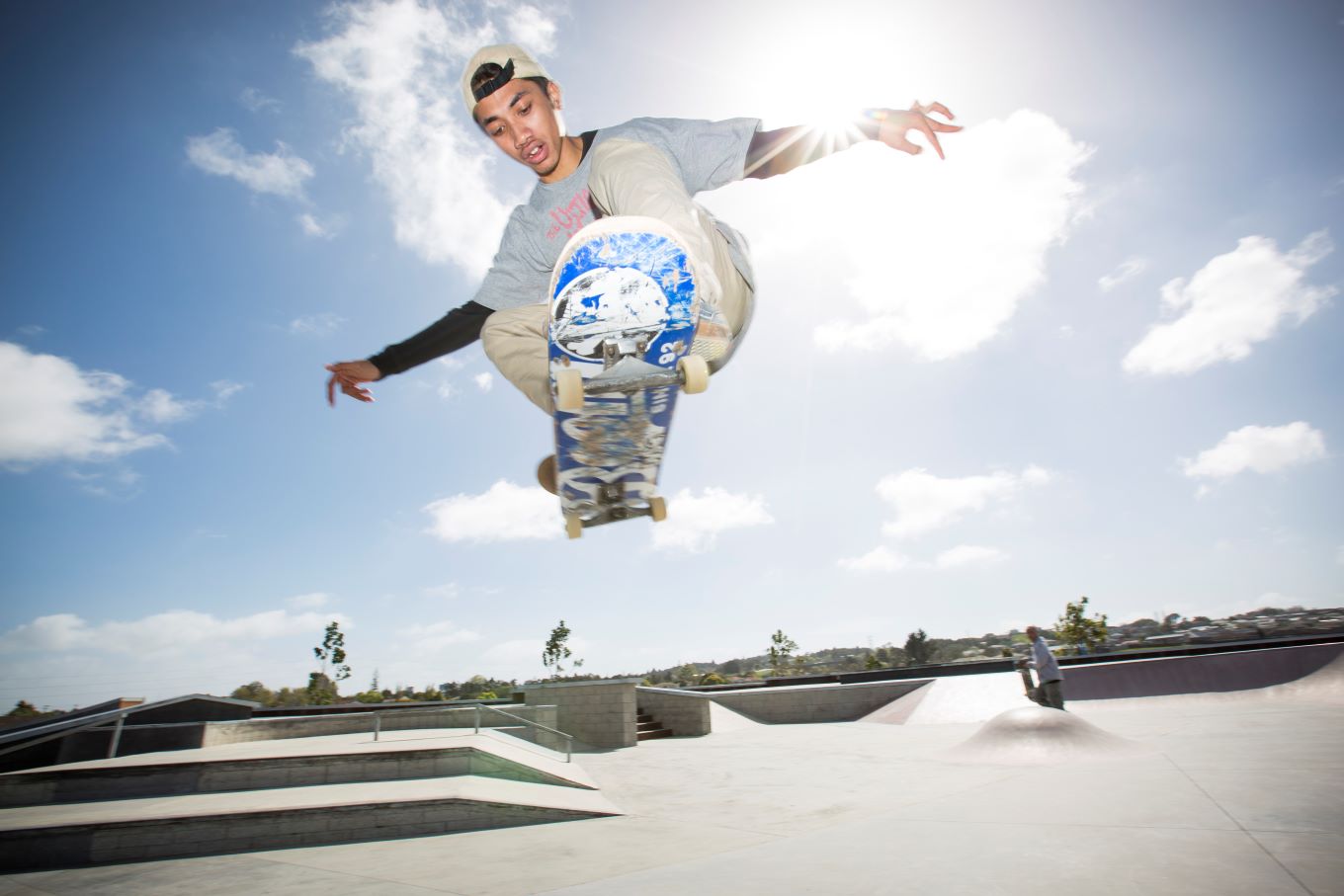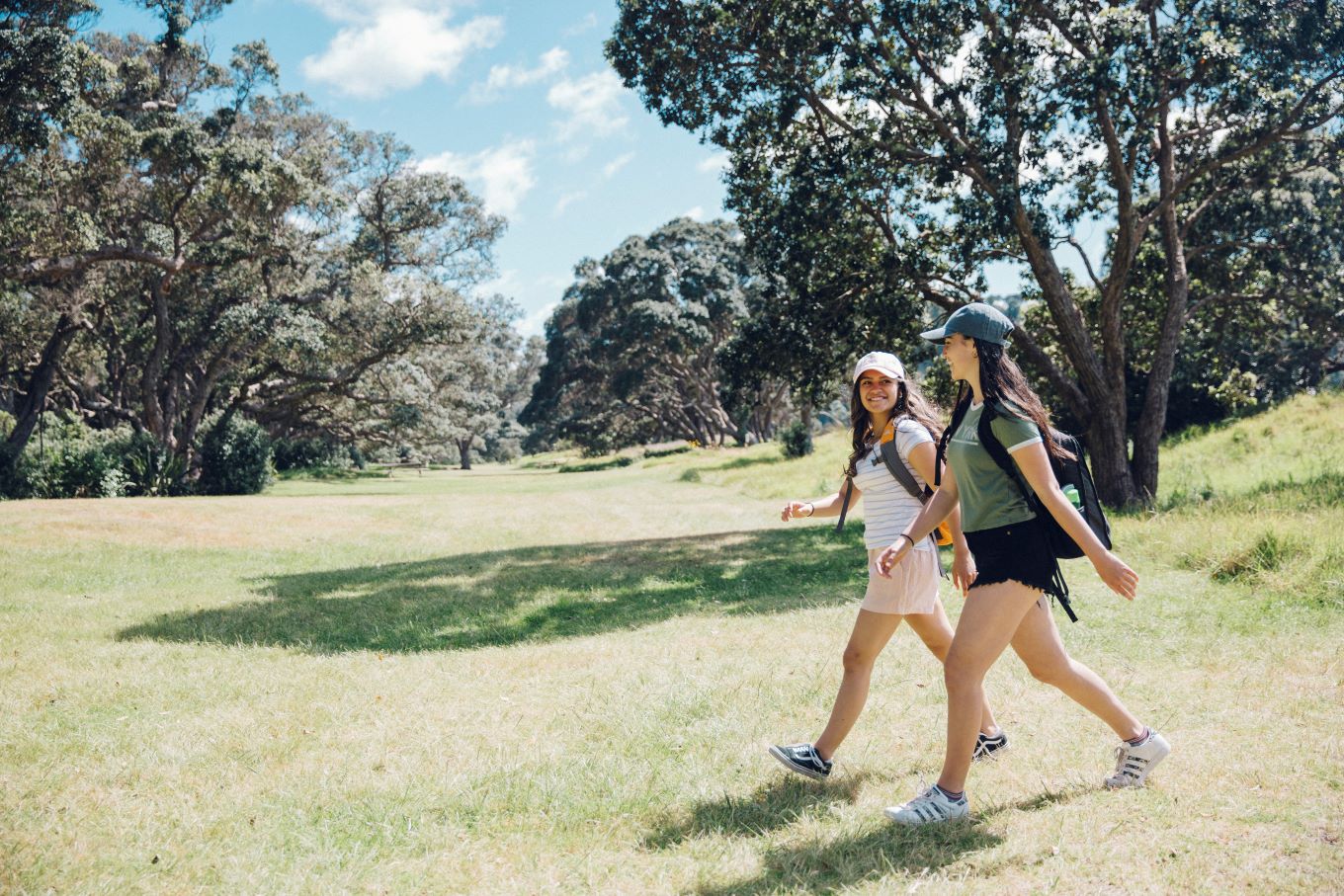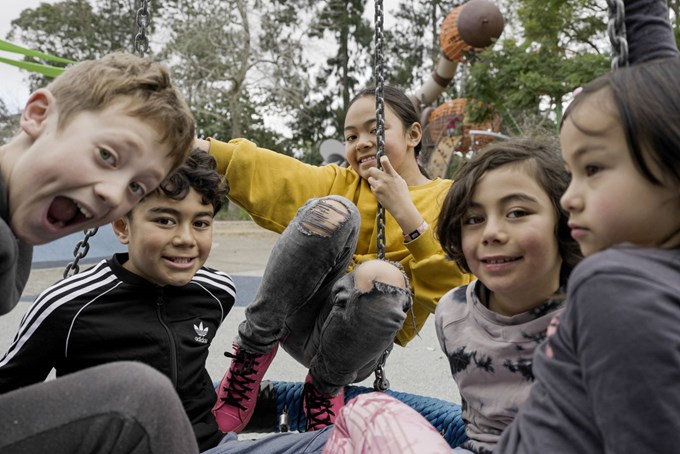Auckland's tamariki and rangatahi have spoken – and in response, the city’s Mayor and Councillors are finding new pathways to up our game plan.
Auckland Council will adapt its approach to support the wellbeing of children and young people, after a comprehensive three-year review found the council’s I Am Auckland strategic plan for children and young people is no longer fit for the future, to meet their changing needs.
The I Am Auckland review, released in October, has found the council could do more to support those experiencing the greatest disadvantage, and empower young people to influence the decisions that affect their lives.
Chair of the Planning, Environment and Parks Committee, Councillor Richard Hills, says the landscape has shifted since I Am Auckland was first adopted in 2013 and the council’s approach also needs to change to drive better outcomes for our future leaders.
Children and young people are facing different challenges than they did 10 years ago,” says Cr Hills. “The effects of Covid, extreme weather events, and the cost of living are having a significant impact on young Aucklanders and it’s important for us to consider how issues such as climate change, will affect the future wellbeing of our tamariki and rangatahi.”

Auckland Council's plan to support children and young people is being realigned.
More than 400 children and young people around Tāmaki Makaurau from a range of ages, ethnicities, and locations contributed their ideas and views about growing up in Auckland. They shared their hopes and dreams for the future alongside some of challenges they face. Their input reveals that while most children and young people are safe, happy, healthy, and enjoying living in our city, some are being left behind.
The review also identified deteriorating mental health, high rates of child poverty and access to safe, warm and dry housing as key concerns affecting some children and young people.
Māori tamariki and rangatahi, Pacific children and young people, rainbow children and young people, and disabled children and young people are more likely to experience inequality and discrimination than their peers, which then has a negative impact on their wellbeing. The effects of climate change are expected to further increase these inequities.
Councillor Lotu Fuli says responding to what these children and young people need is an absolute requirement for the council.

Māori and Pacific children and young people are more likely to experience inequality and discrimination than their peers.
“All of us have young people in our lives and all of us should be concerned about the future we are building for them. A strategic fit-for-purpose approach will help us address the issues that are holding children and young people back so we can focus our resources and policies better.”
The council’s Planning, Environment and Parks Committee has agreed to consider a plan to nest the key priorities to support children and young people under the Ngā Hapori Momoho | Thriving Communities strategy.
Aligning the two strategies, with similar goals, will help progress partnership and co-investment models around shared outcomes and provide better support to those facing the greatest barriers to inclusion and participation.
In the 2018 census, Auckland had 535,000 young people living in our region – 34 per cent of our total population – and almost half of our tamariki and rangatahi population live in South Auckland.
Councillor Kerrin Leoni says a fit-for-purpose strategy for tamariki and rangatahi is needed to ensure accountability for future generations in Tāmaki Makaurau.
“We are forecast to have an even bigger youth population across the city as we grow. We need to apply a long-term lens to many of the concerns children and young people are facing to help them reach their full potential. This new approach will deliver our goals to ensure everyone has equal opportunity to participate and be heard.”


